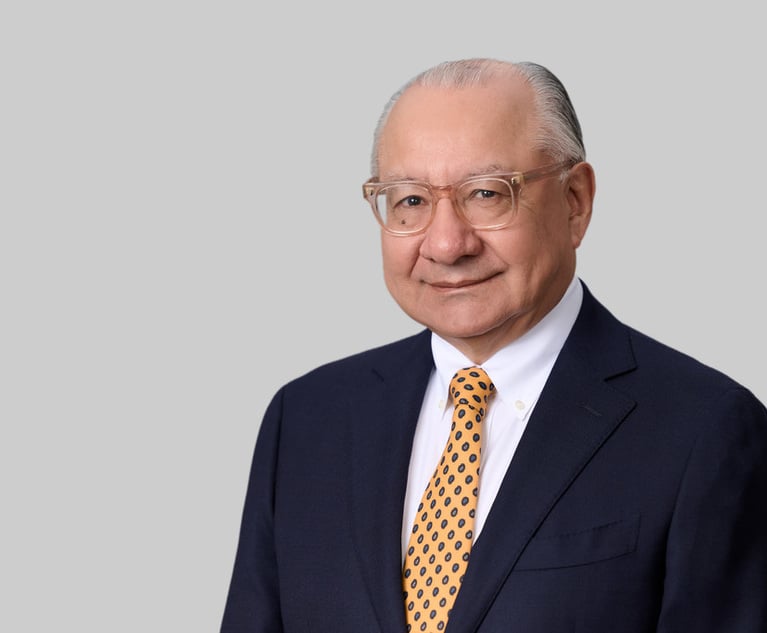Litigation funding has been growing in prominence in recent years, and up-and-coming litigators need to ensure they are up to speed on what is becoming an increasingly influential factor in the market, as TheJudge’s Verity Jackson-Grant explains
In its simplest form, litigation funding involves a specialist funder financing some or all of (typically) a claimant’s legal fees incurred in a dispute, in exchange for a share of the damages. If the case is successful, the funder will recover their investment plus a success fee. If the case is unsuccessful, the funder will lose its investment.
With more than 25 established funders in the market, the products are increasingly diverse, whether clients are seeking case-specific funding, portfolio finance for multiple cases or the monetisation of their claim to provide working capital for operating or other purposes.
The mainstream market caters for high-value cases (where cost/damages ratios are estimated to be at least 1:10) but there is a limited market for smaller matters, provided the damages are sufficient to discharge the funder’s investment and success fee while leaving the lion’s share for the client.
When seeking funding, it is prudent to request adequate funding to trial as it may be difficult to obtain further funding if the case merits have changed. The funder may also seek a higher success fee for additional capital.
Success fees are often expressed as a multiple of the investment, a percentage of damages, or the greater of the two. Terms vary significantly but claimants that have searched the market have more bargaining power than ever to negotiate the most competitive terms.
According to Essar Oilfields Services v Norscot Rig Management [2016], you may be able to recover the cost of funding in English Arbitration Act cases if funding was necessary to bring the proceedings and where you can demonstrate the terms were reasonable, for example, by showing you sought multiple quotes to find the best deal.
Some funders profess to be a one-stop funding shop, but this is rarely the case. For example, TheJudge works with a different pool of funders for monetising £100m+ awards than for case funding of £1m-£10m. Similarly, we work with different funders for funding of less than £1m. Funder selection can also vary by case type and jurisdiction. It is beneficial to approach a selection of (the right) funders at the outset rather than sequentially, as a funder’s refusal to offer terms may taint the views of other funders.
While funding may seem the obvious solution when seeking ways to manage legal fees, claimants should not overlook the use of litigation insurance to complement, or as an alternative to, a funding arrangement. Insurance is available for own fees and disbursements as well as adverse costs. Alternatively, insurance can be tailored to indemnify the lawyer for a percentage of their fees when engaged under a damages-based agreement, to protect their fee realisation. Insurance is usually the most cost-effective route to remove the litigation risk from a cost budget, where cashflow is not the primary concern.
We strongly recommend lawyers to be conversant with both insurance and finance options to put all clients in a fully-informed position. We have seen many examples recently of poor or limited advice being given, in particular to corporate claimants, about their risk management options. Whether an impecunious or a financially-sound client, numerous options exist to help manage the budget or create flexibility over relinquishing equity from the claim.
Verity Jackson-Grant is director of business development at TheJudge.
- Click here for more from Legal Ladder, our dedicated careers blog to help lawyers and recruiters keep abreast of the key issues facing the profession
NOT FOR REPRINT
© 2024 ALM Global, LLC, All Rights Reserved. Request academic re-use from www.copyright.com. All other uses, submit a request to [email protected]. For more information visit Asset & Logo Licensing.









